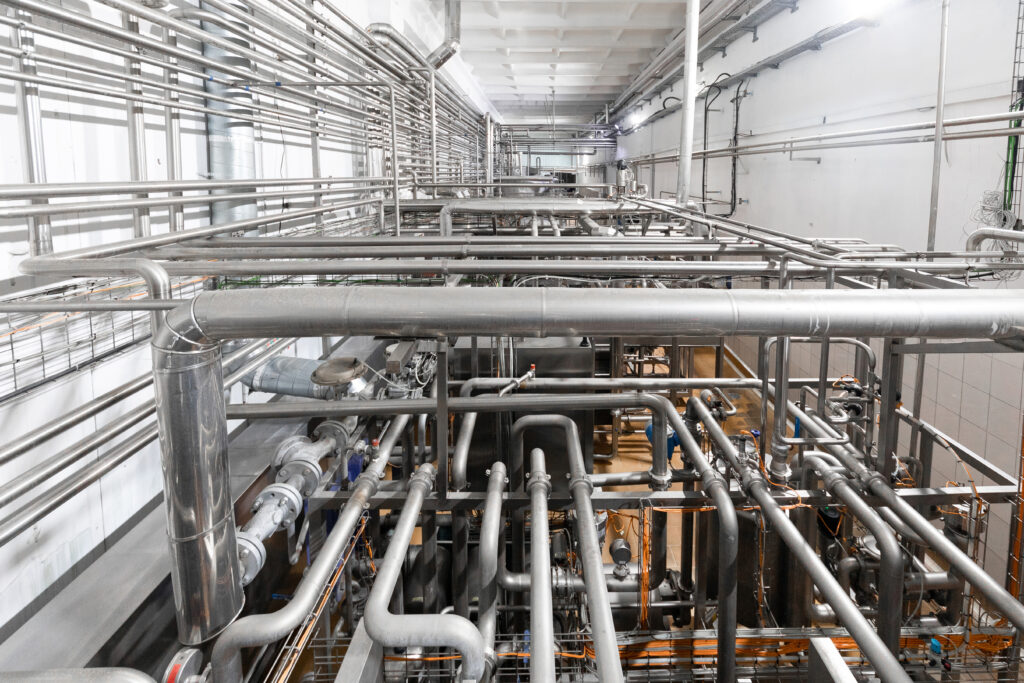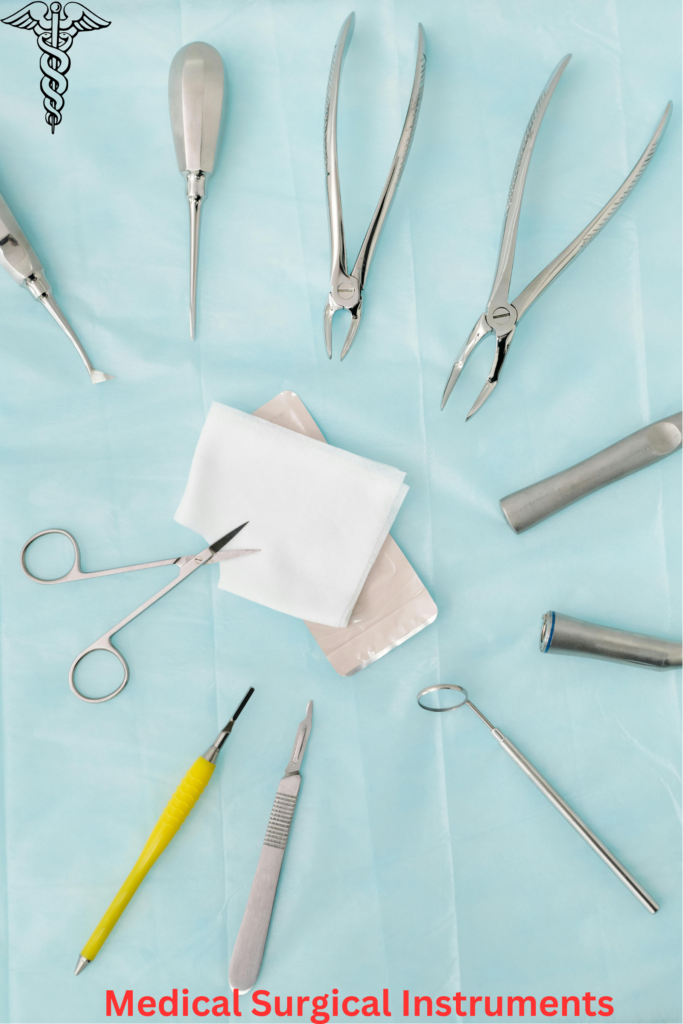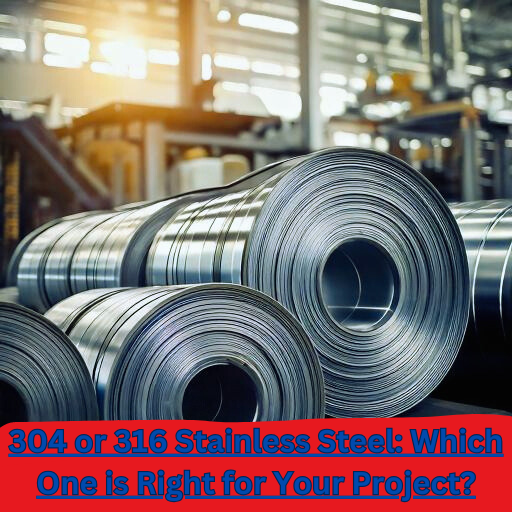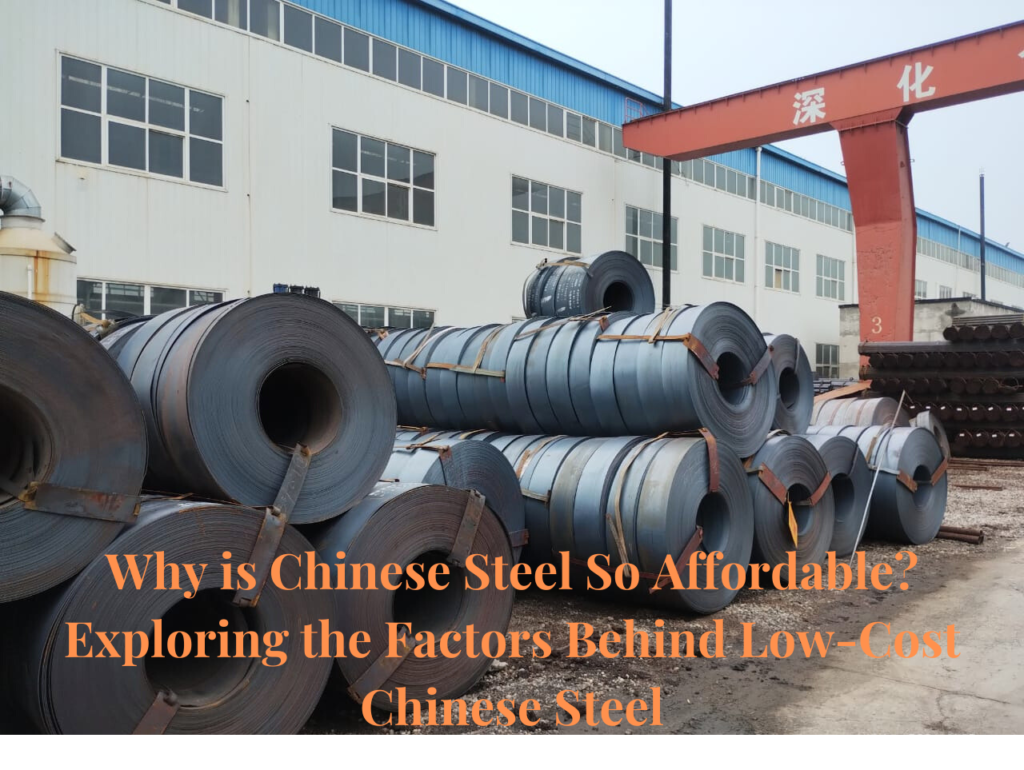What is Stainless Steel?
Stainless steel(SS) is a durable and corrosion-resistant alloy steel produced from elements such as iron, chromium, and sometimes nickel and molybdenum. It contains a minimum of 10.5% chromium, which forms a protective oxide layer and makes it rust-proof. It is used in industrial and household applications because it is tough, shiny and aesthetic.
There are many types of stainless steel, the most common of which are austenitic, ferritic, and martensitic. Austenitic stainless steel such as 304 grade and 316 grade are famous for corrosion resistance and are used in kitchen utensils, medical tools, and food processing industries. Ferritic stainless steel is low-cost and is used to make appliances and auto parts. Martensitic stainless steel is hard and strong, so it is used in knives and cutting tools.
SS has a high recycling rate, which makes it environment-friendly. SS is also used in large structures such as bridges, buildings, and sculptures because it is lightweight and strong.
Overall, SS is a versatile and long-lasting material that plays an important role in everyday life, whether it is a small kitchen utility or a large infrastructure project.
Composition of Stainless Steel
The composition of stainless steel is mainly produced by mixing iron and chromium, to which some other elements are also added to give specific properties. Its primary component is iron, which gives it strength and durability. The percentage of different elements varies in different grades of SS. Their breakdown is given in a table below:
| Element | Percentage Range | Role |
| Iron (Fe) | Balance | Base metal, for strength and toughness. |
| Chromium (Cr) | 10.5%-30% | For corrosion resistance and shiny finish. |
| Nickel (Ni) | 8%-20% | Increases strength and ductility, becomes non-magnetic. |
| Carbon (C) | 0.03%-1.2% | Enhances hardness and strength. |
| Molybdenum (Mo) | 2%-3% | For resistance to pitting and crevice corrosion. |
| Manganese (Mn) | Up to 2% | Improves strength and machinability. |
| Silicon (Si) | Up to 1% | Improves machinability and oxidation resistance. |
| Nitrogen (N) | Trace amounts | Improves strength and corrosion resistance. |
This combination makes SS a versatile and long-lasting material, useful in industrial and domestic applications. Its composition is modified according to different uses.
Types of Stainless Steel

1. Austenitic Stainless Steel
Austenitic is the most common and versatile type of SS, known for its high corrosion resistance, strength, and ductility. It contains a combination of iron with high chromium (16-26%) and nickel (8-20%), making it non-magnetic and excellent corrosion-resistant. Its microstructure is face-centered cubic (FCC), making it stable and durable even in high-temperature environments.
Popular grades of austenitic stainless steel are 304 and 316. Grade 304, known as “18/8 stainless steel”, is used in general-purpose applications. Grade 316 contains molybdenum (2-3%), making it ideal for marine environments and harsh chemical conditions.
This SS is easy-to-form and weldable, making it a perfect choice for industrial and architectural applications. It maintains its strength and toughness even at low temperatures, so it is commonly used in cryogenic applications. Austenitic stainless steel has excellent surface finishing, making it suitable for aesthetic and hygienic applications, such as hospitals and pharmaceutical industries.
Its special features are high corrosion resistance and maintenance-friendly. Its oxide layer is self-repairing. However, it has a drawback that it is slightly costlier than ferritic or martensitic stainless steel and has relatively low wear resistance.
2. Ferritic Stainless Steel
Ferritic stainless steel is a type of SS that is mainly iron and chromium, with little or no nickel. Its chromium content ranges from 10.5% to 30%, which gives it excellent corrosion resistance, especially in mildly corrosive environments. Its microstructure is body-centered cubic (BCC), which makes it magnetic and gives it high-temperature strength.
Ferritic stainless steel is quite economical, because the percentage of nickel in it is very low, making it cost-effective. It is non-hardenable and its hardness cannot be increased through heat treatment, but its toughness and ductility are at moderate levels.
Its corrosion resistance is moderate and lower than that of austenitic SS (such as 304 and 316), but high chromium grades (such as 430 and 446) are suitable for harsh conditions. Ferritic stainless steel also has good machinability and thermal conductivity, making it ideal for specific industrial and engineering applications.
3. Martensitic Stainless Steel
Martensitic stainless steel is a special type of SS known for its strength, hardness, and moderate corrosion resistance. Its composition is mainly iron, chromium (12-18%), and carbon (0.1-1.2%). The high carbon content makes it suitable for hardening and tempering through heat treatment. Its microstructure is martensitic, which forms after rapid cooling, giving it high strength and hardness.
Martensitic stainless steel is very durable and superior in wear resistance, so it is used in cutting tools, surgical instruments, knives, and industrial blades. Popular grades include 410 and 420, which are ideal for low-cost and high-performance applications.
It is magnetic and performs well in moderately corrosive environments, but is less effective in highly corrosive environments than austenitic SS. Its machinability is moderate but the welding process is complex, so pre-heating and post-weld heat treatment is necessary.
Martensitic stainless steel is used in industrial and engineering applications where high strength and wear resistance are required, such as turbines, pumps, and valves. It is a reliable and long-lasting material that meets specific performance requirements.
4. Duplex Stainless Steel
Duplex stainless steel is a unique type of SS that is a combination of austenitic and ferritic SS. Its microstructure is a mixture of 50% austenite and 50% ferrite, which provides it with exceptional strength and corrosion resistance. Duplex stainless steel typically contains 19-28% chromium, 1-8% nickel, and 0.05-5% molybdenum, making it ideal for harsh environments.
Its corrosion resistance, especially against stress corrosion cracking (SCC) and pitting, is better than austenitic SS. Its high strength and low thermal expansion make it ideal for structural applications. Popular grades of duplex stainless steel, such as UNS S32205 and S31803, are used in the oil & gas, chemical processing, and marine industries where high strength and corrosion resistance are required.
Duplex stainless steel is lightweight and stronger than ferritic and austenitic steel, which helps reduce both material cost and weight. One drawback is that it can be a little difficult to weld and its toughness is reduced in low temperatures. But the balance and performance of duplex stainless steel make it the best choice for demanding applications.
5. Precipitation-Hardening Stainless Steel
Precipitation-Hardening (PH) stainless steel is a special type of SS that offers a unique combination of high strength and corrosion resistance. Its composition includes iron, chromium (15-17%), and nickel (3-7%) along with elements such as copper, molybdenum, and aluminum, which give it precipitation-hardening properties.
The major feature of PH stainless steel is hardening and strengthening through heat treatment. It uses an aging process in which fine precipitates are formed in the microstructure after heating to specific temperatures. These precipitates significantly improve the strength and hardness of the material, without compromising corrosion resistance.
Popular grades of PH stainless steel are 17-4 PH (UNS S17400) and 15-5 PH (UNS S15500). 17-4 PH is known for its high mechanical strength and excellent corrosion resistance, making it an ideal material for use in aerospace, chemical processing, and marine applications.
This type of SS is light-weight and machinable, which helps create complex shapes and components. Its ability to maintain its properties even in high temperatures and harsh environments further increases its versatility. It is an efficient and reliable material suitable for demanding engineering and industrial applications.

Common Applications of Stainless Steel
Kitchen Utensils and Appliances
SS is used to make kitchen utensils, cutlery, and cookware. Its corrosion resistance and shiny finish make it food-safe and durable. It is easy to clean, which is important for hygiene. It is also used in appliances such as refrigerators, ovens, and sinks, as it can withstand high heat and moisture.
Construction and Architecture
SS is used in the structural components of buildings and bridges. Its strength and weather resistance make it long-lasting. In modern architecture, stainless steel is used for facades, handrails, and decorative panels, as its aesthetic appeal and maintenance-friendly nature make it an ideal choice.
Medical Equipment
SS is used to make medical tools and surgical instruments, such as scalpels, forceps, and implants. It is biocompatible and corrosion-resistant, which is perfect for sterile environments. It is also used in dental tools and hospital furniture, as it maintains hygiene standards.
Automotive and Transportation
SS is used in exhaust systems, trims, and fuel tanks. It is lightweight, durable and corrosion-resistant, which increases the lifespan of vehicles. Stainless steel is also widely used in railway coaches and shipbuilding.
Food Processing and Storage
SS is used to make food-grade equipment, such as tanks, conveyors, and piping systems. It is bacteria-resistant and non-reactive, which is essential for food safety. Its use is common in dairy, beverages, and packaged food industries.

Sustainability and Recycling of Stainless Steel
SS is a highly sustainable and environment-friendly material, known for its durability and 100% recyclability. It has a long life cycle, which reduces the need for maintenance and replacement, which reduces the consumption of natural resources and energy. The unique property of SS is that it can be recycled repeatedly without any quality loss.
A major portion of recycled SS is used in new SS production, which contains approximately 60-70% recycled material. This process reduces the pressure of mining and raw material extraction, which is beneficial for the environment. Recycling also significantly reduces energy consumption, as re-melting scrap is more efficient than processing raw materials.
During production and recycling, SS does not release harmful substances, which makes it safe and eco-friendly. Its long-term use in infrastructure, transportation, and household applications reduces waste generation. Stainless steel’s sustainability and recyclability make it considered a “green material” that promotes a circular economy while addressing modern environmental challenges.
Conclusion
Stainless steel is much more than just “rust proof” metal; It is a versatile, reliable and durable material that plays a major role in our daily life and industrial processes. Its unique properties and its ability to counter the rust has made it an exception in the entire industries from food to medical applications and construction. As the demand for durable and sustainable materials increases, the role of stainless steel in shaping our world will continue to expand.




Pingback: Why is Chinese Steel So Affordable? Lets Explore. - wiserbolt.com
Pingback: 304 vs 316 Stainless Steel: Find the Right Fit for Your Needs? - wiserbolt.com
Pingback: STAINLESS STEEL RECYCLING:-Understanding the Process, Benefits, and Future - STEEL PRODUCT INFO.
Pingback: Types of Welding Machines and Their Applications - STEEL PRODUCT INFO.
Pingback: SLITTING MACHINE LINE